Meet Norrona, the Nordic brand trying to do right by the planet
Content is created by CNN Underscored’s team of editors who work independently from the CNN newsroom. When you buy through links on our site, CNN and its syndication partners may earn a commission. Learn more
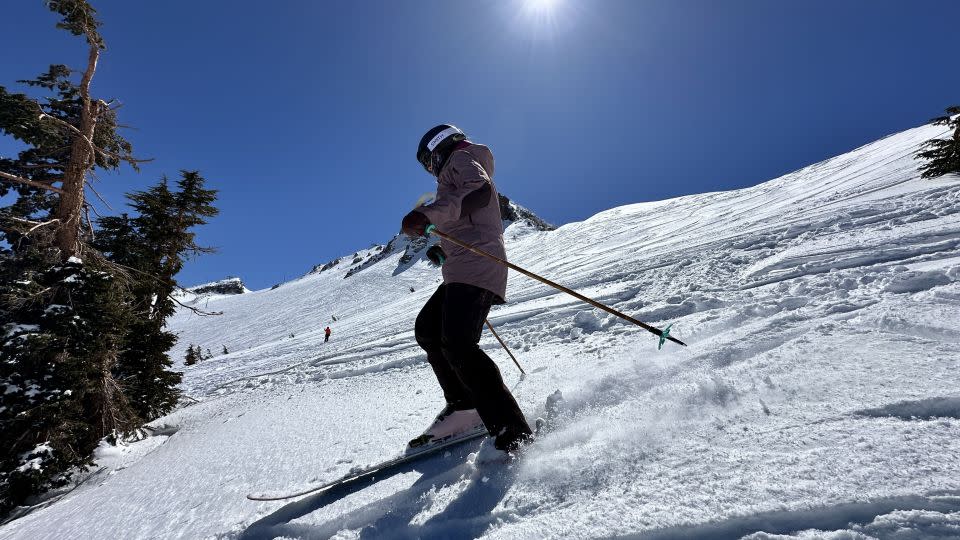
It’s no secret that the outdoor industry is cleaning itself up in an effort to become more environmentally friendly. For some outdoor brands, this is a relatively new endeavor brought on in the past decade — but not Norrona. This Norwegian brand has focused on its environmental impact since its inception in 1929, beginning with the original founder. Then, Norrona repaired damaged or worn products — keeping them out of the landfills longer — and paired them with an immediate emphasis on high-quality, long-lasting gear. “In 1929, this wasn’t done because of sustainability reasons,” says Jørgen Jørgensen, the fourth-generation owner and CEO of the brand. “It was common sense.”
Under Jørgensen’s watch, Norrona still repairs damaged gear and focuses on durability. But as the world learned more about green initiatives, so did Norrona. We sat down with Jørgensen to learn more about the brand’s sustainability initiatives, its plans for the future and the best products on offer for outdoor enthusiasts.
Long-lasting gear is common sense
With the modern trend of flashy colors and a revolving door of styles, it’s nice to see a brand stick to its roots for the betterment of the planet — and not just because public opinion or policy is suggesting they do so. “By continuing the work to always make better-quality products, we get very satisfied customers that are willing to pay more because the investment is good [when] looking at the total lifetime of the program,” explains Jørgensen.
Basically, it’s a “buy once, cry once” mentality. Norrona products are not cheap, but the brand is banking on your keeping them out of the landfill and has built them to last that long. But durability was just Norrona’s starting point. With nearly 100 years under its belt, the brand has also enacted a slew of environmentally friendly practices as it continues to do right by Mother Nature.
The next phase began in the early 2000s when Brad Boren, the chief sustainability officer and director of innovation for Norrona, began reading about the impact of pesticides on the planet. “We began exploring the use of less-damaging input materials in our products around 2003,” he says, noting the swap to organic cotton in place of conventional cotton.
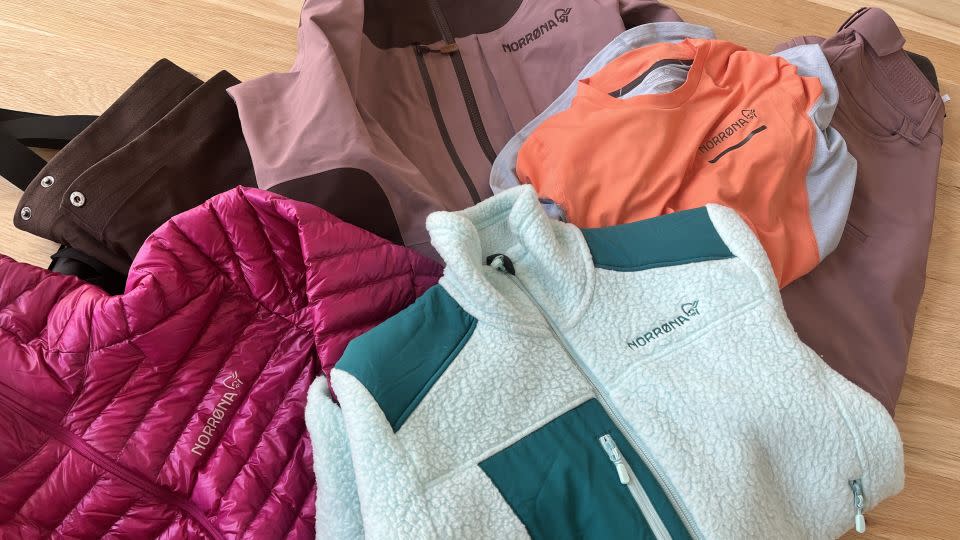
This is also the time when Norrona began testing its use of recycled polyester and nylon in place of virgin fibers in fleece products. It added traceable wool to its supply chain (to ensure better animal welfare) and eliminated all long-chain fluorocarbons, and requested durable water repellent (DWR) without any per- or polyfluoroalkyl substances (PFAS) whenever possible. Again, this was in the mid-2000s — nearly 20 years before the recent American ban on PFAS even crossed into the consciousness on this side of the pond.
All of these are good-for-the-planet changes, but it is difficult to evaluate the impact when looking at a checklist of initiatives. Norrona thought so too, and that’s when it realized it needed a more comprehensive and transparent guide to enact tangible change. So, the brand began creating a sustainability roadmap in 2013 (published in 2015) with ambitious goals to hit by 2021. This first road map included lofty objectives such as a complete elimination of PFAS and usage of less than 1% of air freight.
Admittedly, the first attempt at a road map was bold and the brand wasn’t able to hit all of the goals (like the elimination of PFAS). But Norrona learned a lot — and wrapped that knowledge into a new, 2029 road map, designed to mark the brand’s 100th anniversary.
Tackling sustainability with the 2029 road map
“Our 2029 road map is much more ambitious and holistic, covering many of the possible environmental and social challenges,” says Boren. “Part of the challenge [now] is that we know the issues, but there aren’t available agreed-upon measurements yet.”
There are 10 transparent and clearly defined goals that Norrona is working hard to meet in the next five years. These range from carbon neutrality and 100% responsible (recycled, organically grown or sustainable bio-synthetics) materials to zero waste, 100% traceable materials and zero hazardous chemicals. But Norrona is the first to admit that some of these goals may be tougher to reach than others.
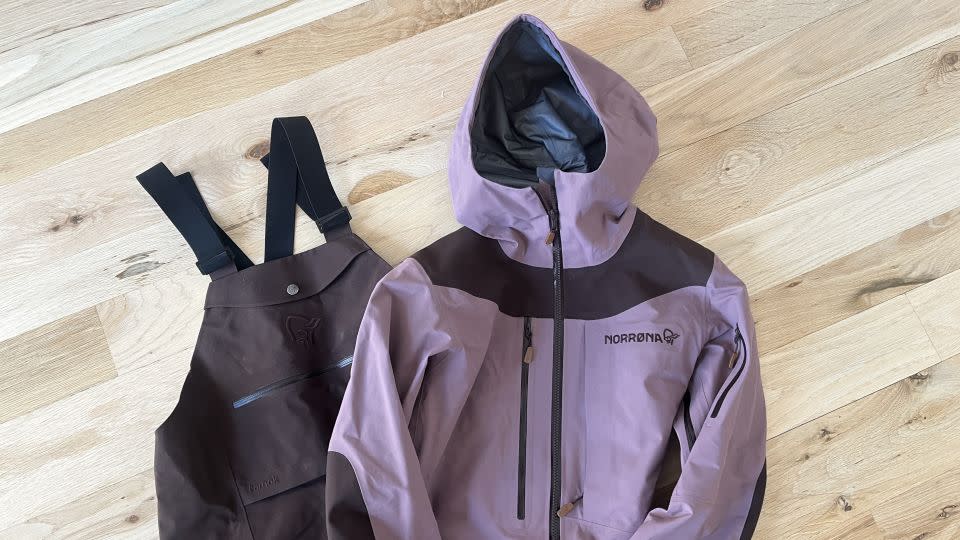
According to Boren, Norrona is set to reach a milestone regarding zero hazardous chemicals when the brand removes PFAS from its active collection. This will be finalized with the spring/fall 2025 lines that launch in one year. But other goals — such as 100% of products will respect proper land use and biodiversity (goal 4) — will be more difficult to achieve due to an industry-wide complication: There are often no baselines or standards for brands to be measured against, making it difficult to establish what improvement looks like. In this instance, Norrona is working toward baseline measurements to help them plan land and water use, along with water quality. “Goal 4 will be further developed to include new biodiversity initiatives that international organizations are working on quantifying,” says Boren.
If the snow disappears, so does our business.
There are a lot of nitty-gritty details and minute complications that go into calling a brand “environmentally friendly,” and certainly more can than be conveyed with a quick look. Of course, all brands also have to balance their business goals with their eco-friendly aspirations — and it can be a tenuous mix. As the fourth member of his family to sit at the helm of Norrona, it’s a tightrope that Jørgensen walks daily, but he is clear on his priorities.
“Without nature, there is no us,” he says. “If the snow disappears, so does a lot of our business. I sleep better at night knowing we do a lot to reduce the footprint of our products.”
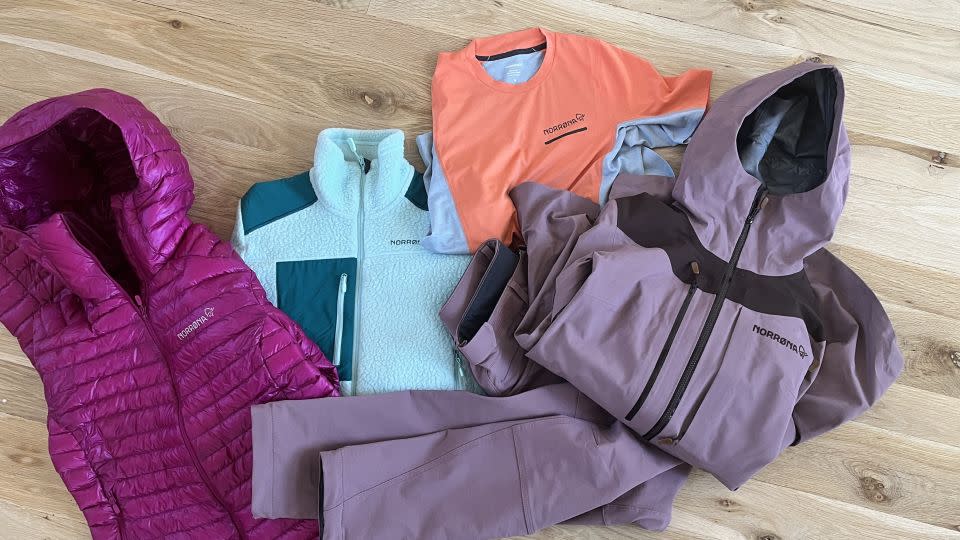
Our Norrona favorites
It’s only been five years since Norrona expanded stateside in 2019, so chances are good you haven’t yet tried any of its products. We’ve spent the last few months testing out a slew of items ranging from ski kits to hiking shorts and everything in between, with a special focus on durability and sustainability. These are our favorites, and we’ll bet you love them too.
Norrona Women’s Tamok Gore-Tex Performance Shell Jacket
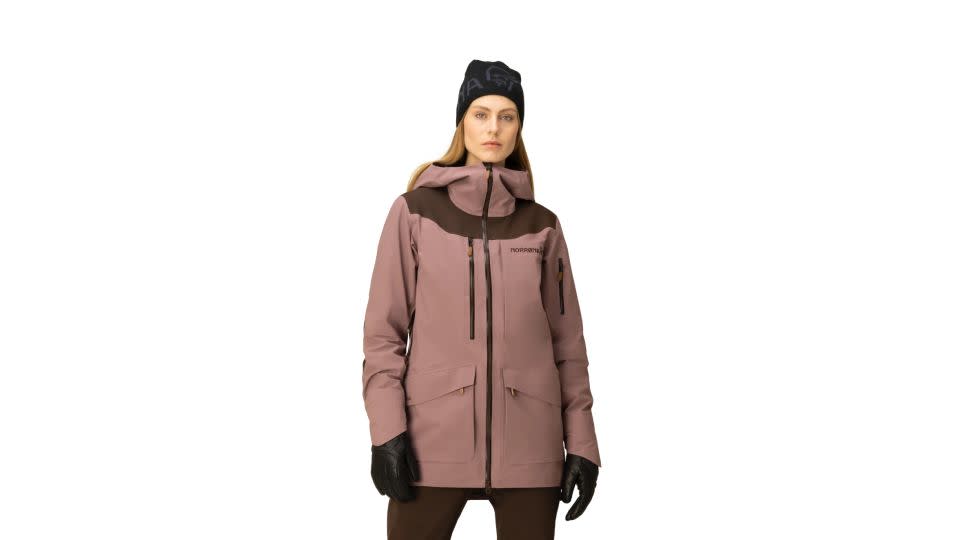
The Tamok is one of the few three-layer ski jackets made with Gore-Tex’s expanded polyethylene (ePE), a new membrane that boasts a smaller carbon footprint and fewer hazardous chemicals than the older stuff.
Norrona Men’s Tamok Gore-Tex Performance Shell Jacket
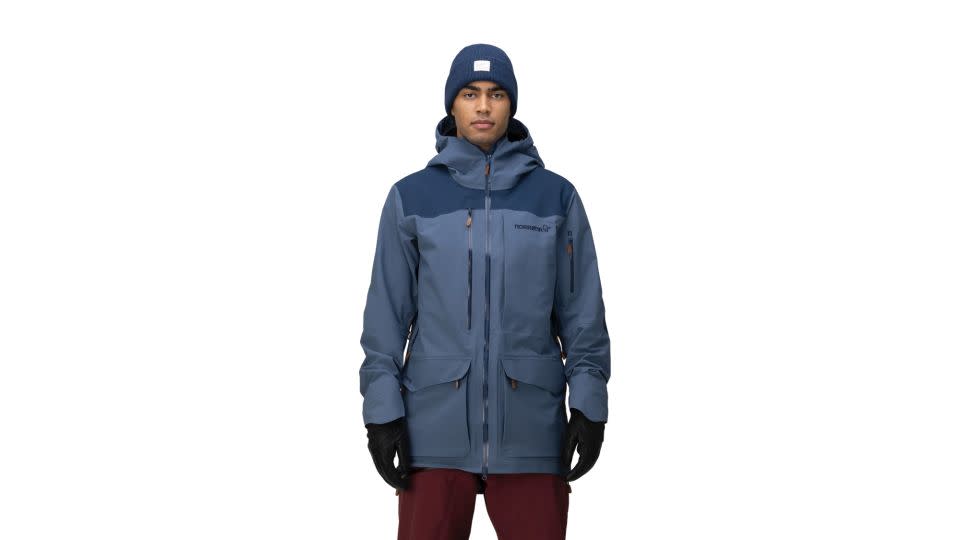
The jacket has a longer, freeride-style cut with tons of zippered pockets to stash plenty of ski snacks. It’s fully featured with a helmet-compatible hood, a fleecy chin, underarm and chest venting and even asymmetric cuffs to keep the snow out.
Norrona Women’s Trollveggen Superlight Down Jacket With Hood
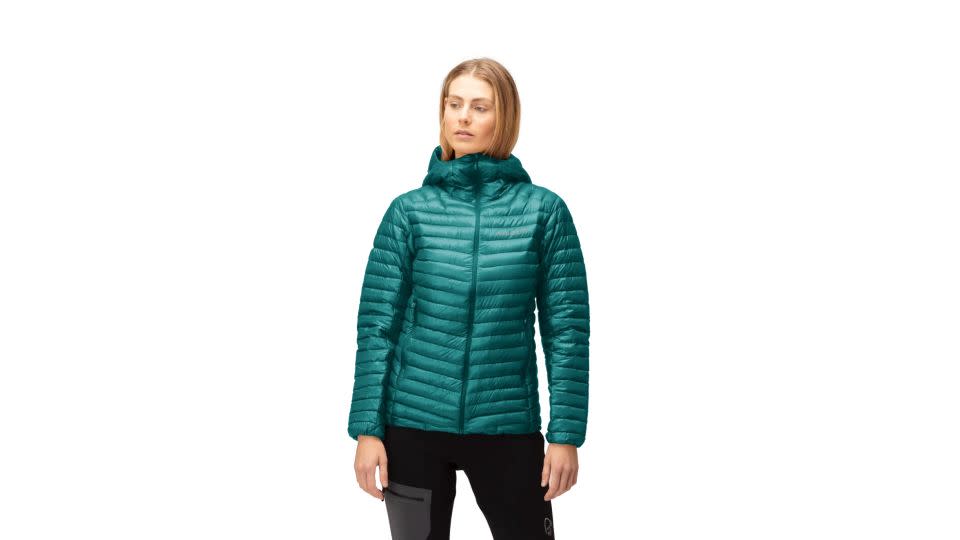
Ultralight and ultra-packable. That’s the name of the game with the Trollveggen down jacket, a four-season puffy that squishes down to be smaller than your water bottle. It’s packed with 71 grams (81 grams in the men’s) of RDS-certified, 850-fill-power down.
Norrona Men’s Trollveggen Superlight Down Jacket With Hood
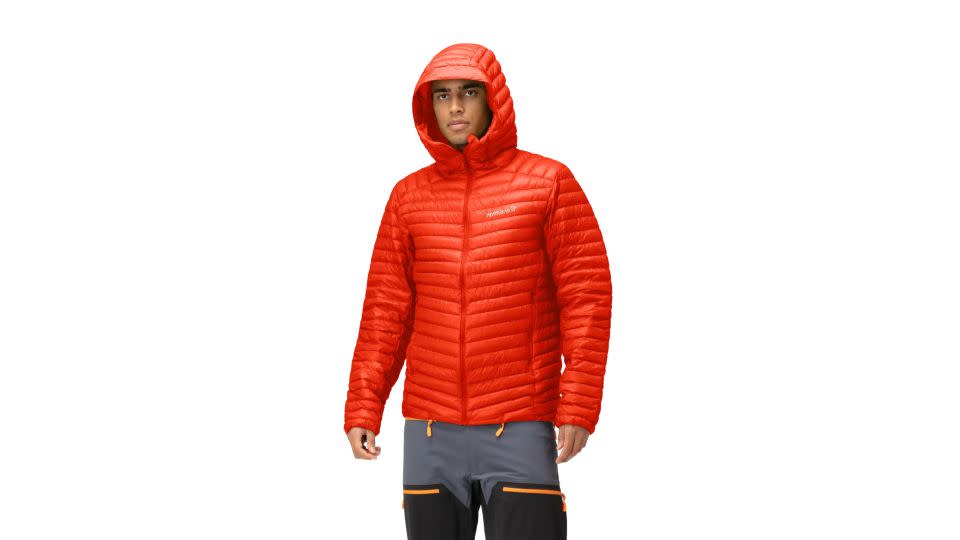
But its sorcery doesn’t end at warmth. The Trollveggen is surprisingly weatherproof, as we discovered during a particularly wet and windy California blizzard. We credit the wind resistance to the high-tech aeroDown proof face fabric that kept 45-mile-per-hour wind gusts at bay.
Norrona Women’s Fjora Equaliser Lightweight T-Shirt
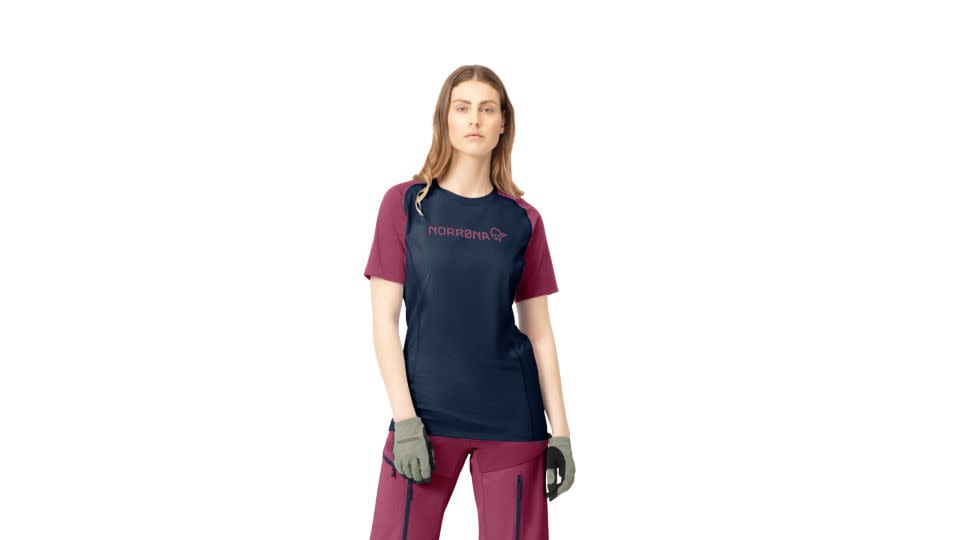
If you’re ready for bike season, grab this quick-drying shirt and hit the singletrack. It’s constructed with recycled polyester that breathes well and wicks moisture away, as we learned on an early spring hill climb that left us panting and out of breath — but not soaked in sweat.
Norrona Men’s Fjora Equaliser Lightweight T-Shirt
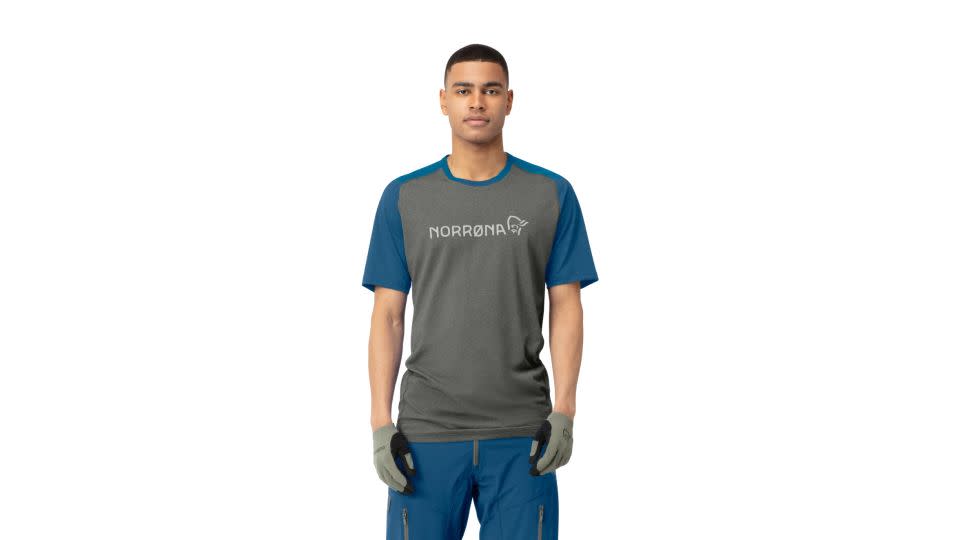
The fabric is built for sunny days, with UPF 50 protection woven into the fibers. And the goodness doesn’t end at recycled polyester: Not only is the fabric Oeko-Tex certified, but the shirt is made in a factory that is inspected by an independent third party.
Norrona Unisex Femund Warm2 Half-Zip Fleece
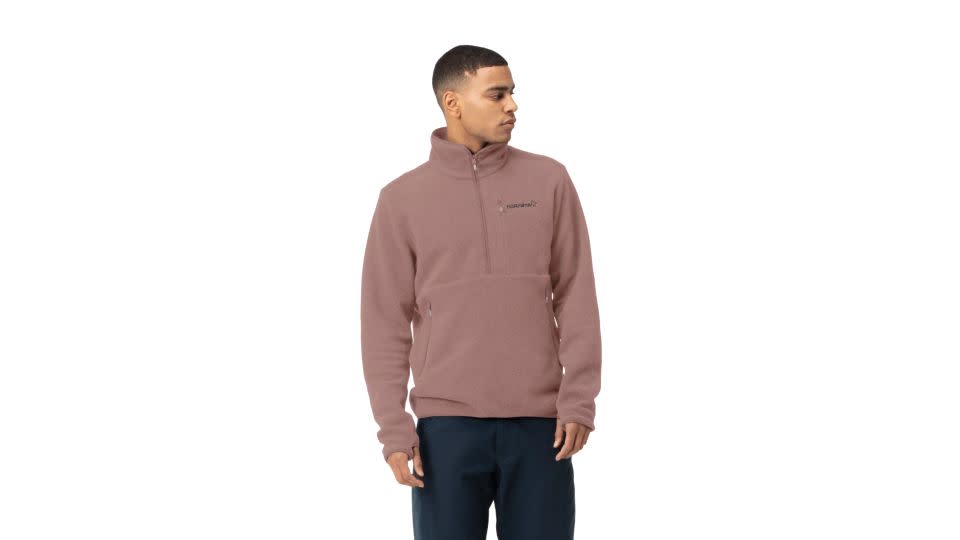
Designed with a looser fit and midweight materials, the Femund Half-Zip is a great pick for the vast majority of outdoor enthusiasts. It's made with 251 grams of 100% recycled polyester, and a half-zip at the neckline, two zippered hand pockets and a zippered chest pocket make it a great choice for a day outside.
Norrona Women’s Femund Flex1 Lightweight Shorts
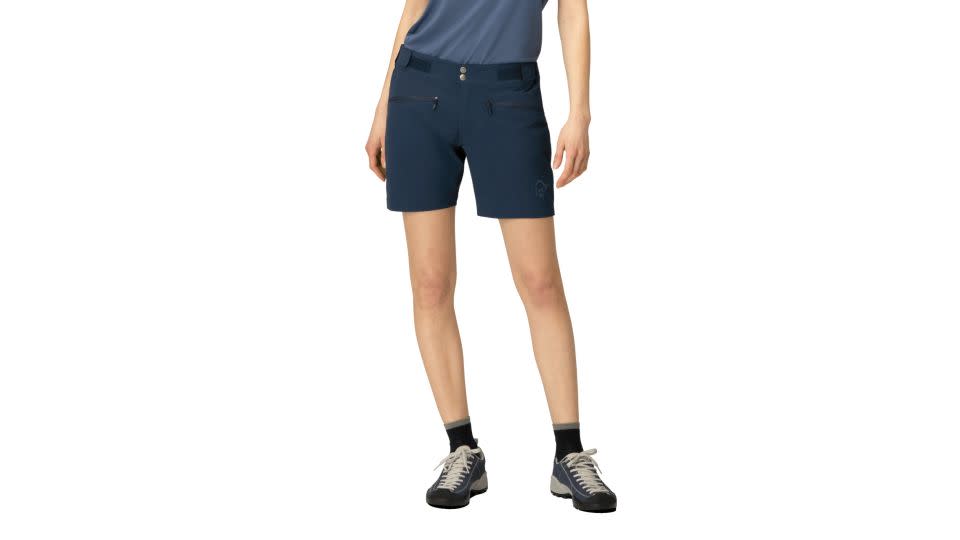
The Femund Flex1 shorts hit that sweet spot: they’re lightweight and durable. The softshell material is made with 85% recycled nylon and is PFAS-free. And ladies, let’s celebrate: They have two hip pockets and two more zippered pockets.
Norrona Women’s Tamok Gore-Tex Bib
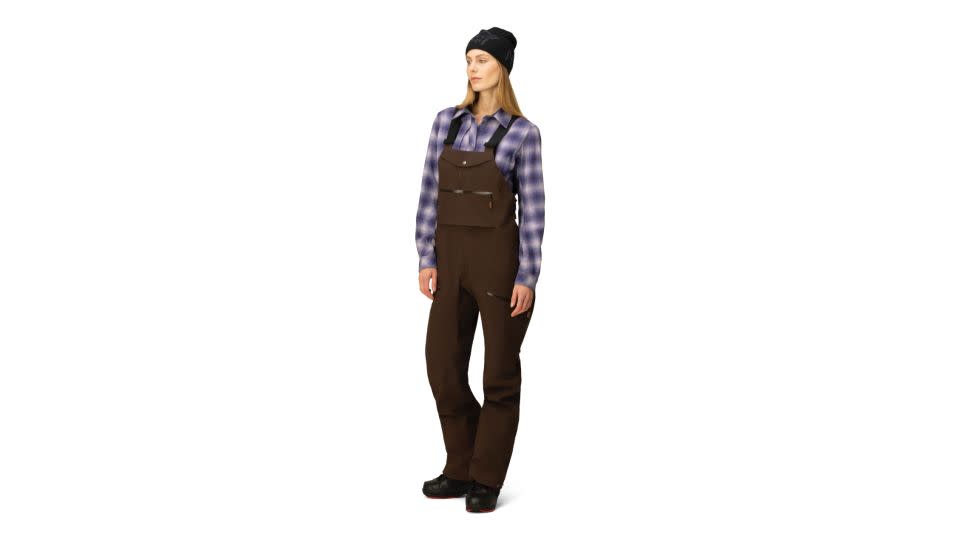
Designed to be paired with the Tamok jacket, the new Tamok bibs are made with the same PFAS-free ePE fabric that cuts down on environmental impact compared to other Gore-Tex materials.
Norrona Men’s Tamok Gore-Tex Bib
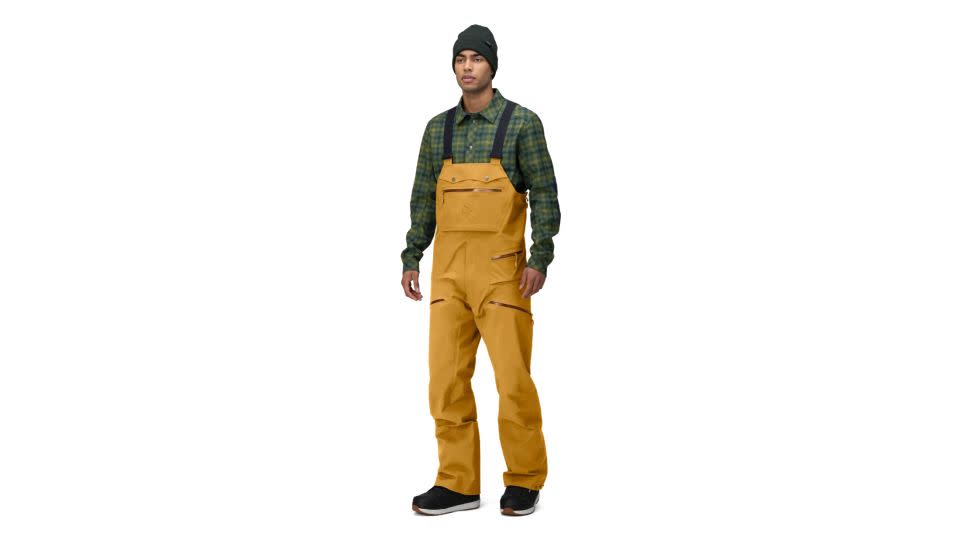
Designed for the backcountry but at home wherever you ski or board, the Tamok bibs have a loose fit but feel soft to the touch — no crunchiness in this material. Mesh thigh vents quickly dump heat and two huge thigh pockets store anything you’ll need.
Norrona Women’s Femund Flex1 Pants
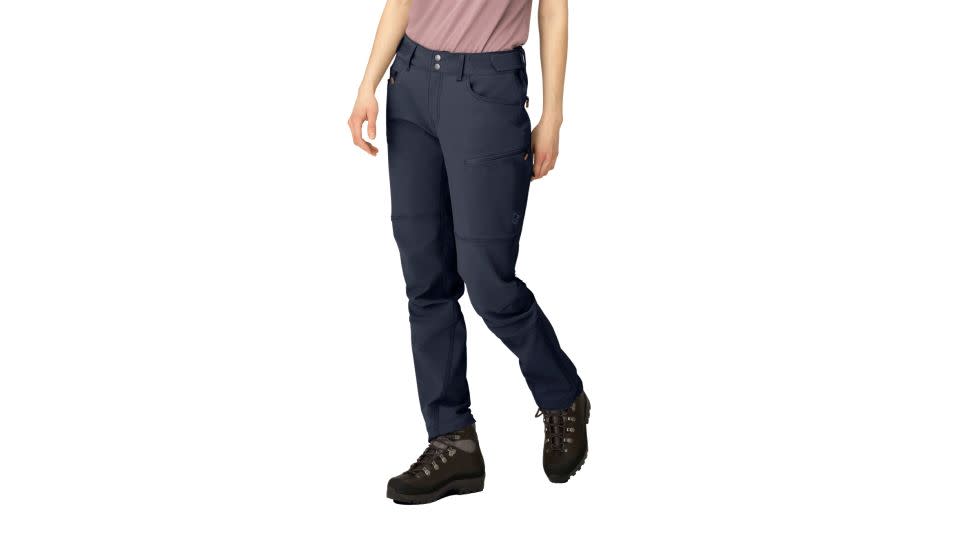
If you like the idea of the Femund shorts but need more coverage, snag a pair of the softshell Femund trekking pants. Materials include 50% recycled nylon and PFAS-free DWR treatment, but the highlight is the four-way stretch that makes these an easy pick when mobility is needed — like steep summer hiking or even spring ski touring.
Norrona Men’s Falketind Flex1 Shorts
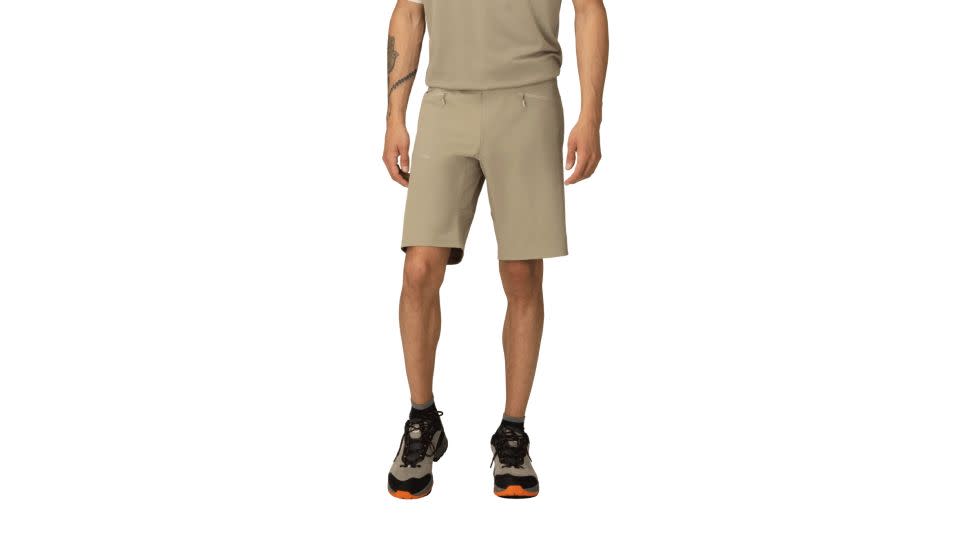
For guys on the go who want one pair of shorts to do everything, the Falketind are your friends. Constructed with a 90-denier, 69% recycled polyamide (a synthetic fiber), the shorts are burly in rough conditions and can hold their own against sharp rocks and sticks. They have plenty of pockets and a gusseted crotch and are also treated with PFAS-free DWR.
Norrona Women’s Trollveggen Thermal Pro Jacket
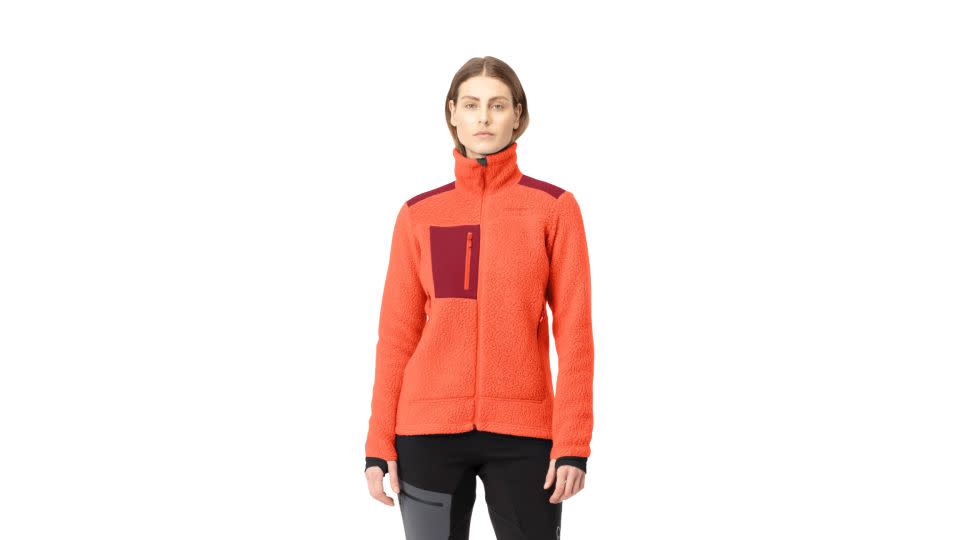
Meet the warmest fleece you’ll ever own. Designed with 100% recycled polyester (Polartec Thermal Pro), the fibers create air pockets that trap warm air — just like down insulation, only more durable. It’s become our go-to midlayer for the majority of ski days and we couldn’t be more pleased.
Norrona Men’s Trollveggen Thermal Pro Jacket
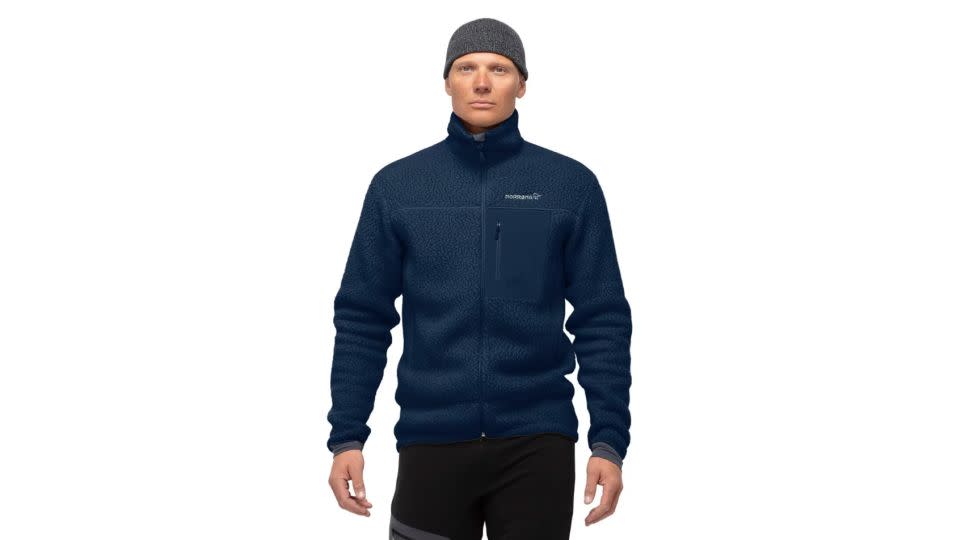
This slim layer easily fits under shell jackets, and the longer hemline provides plenty of coverage on windy days. And the polyester is uber-durable — we’ve worn it almost daily for five months and it shows zero signs of wear.
Note: The prices above reflect the retailers' listed price at the time of publication.
For more CNN news and newsletters create an account at CNN.com

